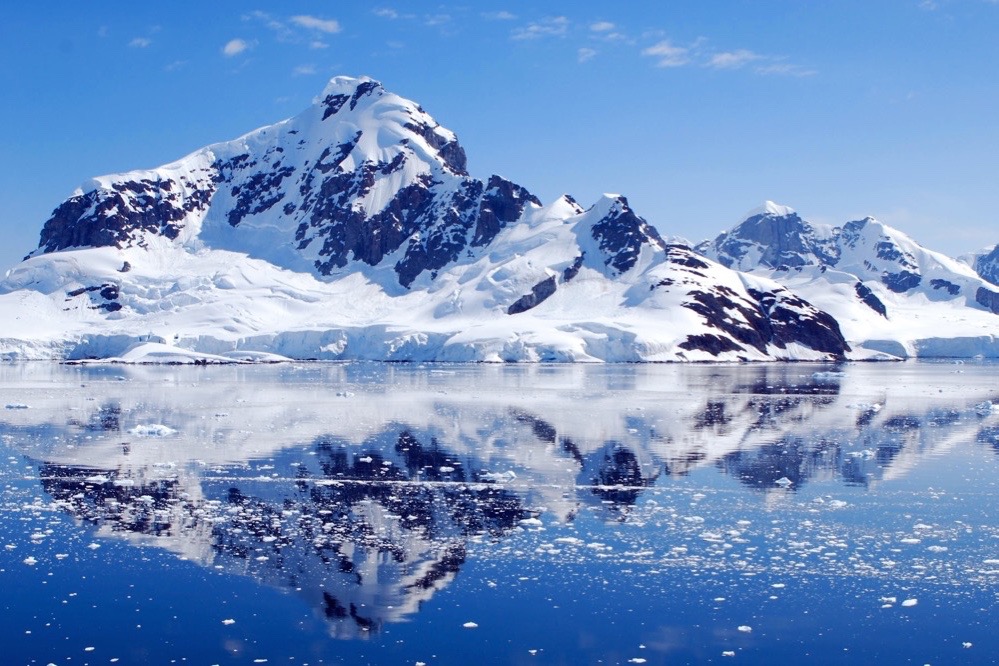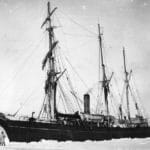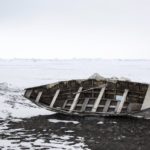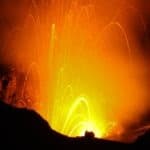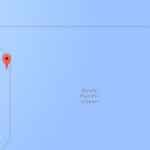Polar adventurer, expedition guide, dog musher and educator, Eric Larsen, talks to us about the travel that changed him
In 2006, polar adventurer Eric Larsen completed the first-ever summer expedition to the North Pole. As the Arctic ice has no land mass beneath it, it’s at its thinnest and most treacherous in the summer making it impassable on foot.
Eric and fellow explorer Lonnie Dupre pulled and paddled specially modified canoes across 550 miles of shifting sea ice and open ocean to successfully complete the mission. Eric is the first person to tweet from the North Pole and the top of Mt. Everest. When he’s not endangering his life in the world’s wildest places, he lives in Colorado with his partner Maria Hennessey and their son, Merritt. Here he tells Atlas & Boots about the travel that changed him.
My last expedition to the Geographic North Pole was easily the most difficult expedition I’ve ever completed and continues to have a huge impact on my life to this day. It was a 53-day expedition with my expedition partner, Ryan Waters. For nearly two months we experienced some of the most difficult conditions imaginable where, at times, our survival was not certain. To overcome the many many obstacles we had to adopt a lot of strategies like teamwork, problem-solving, tenacity and more.
I’m not that different than I was before; however, I will also never be the same. This was my third expedition to the Geographic North Pole but the first time in which I travelled unsupported – which means carrying all of gear and supplies for nearly two months. I now know what my physical and mental limits are! I also know intimately, the state of the Arctic Ocean sea ice.
I truly believe this will be the last chance anyone has to complete a North Pole expedition before ice conditions dramatically change. I was surprised to see how much the ice had changed over the past eight years when I was last on the Arctic Ocean. No people live on the Arctic Ocean but it is one of the areas most impacted by people due to climate change.
Most places I go to on expeditions don’t have guidebooks. It takes a lot of research and planning to arrange all the logistics, equipment, etc. However, on vacations, I usually get a guidebook to help with highlights, but I’m not a huge fan of crowds and run-of-the-mill tourist sites. I try to find the off-the-beaten-path recommendations.
I tend to not have a lot of time to plan vacations. Generally, I start doing a bit of research before I leave. I try to have a basic itinerary in place with a few activities but also like to leave room for seizing opportunities as they arise.
I judge the quality of my life by how many nights I get to spend in a tent each year. So generally it’s tent or nothing. Travelling by myself, however, I do really like staying in hostels because it provides an opportunity to meet new and interesting people.
I’m a huge fan of travel because it makes us more aware of the world around us and ultimately creates a sense of ‘place’. Many of my expeditions span not just a couple of days or weeks, but rather weeks and months. Travelling across a place by human power allows time to really understand the environment.
My number one travel experience was stark and brutal. In 2010, I completed a world record adventure to the South Pole, North Pole and top of Mt. Everest all within a 365-day period. It was an incredible experience to live in a tent for nearly six months in the world’s most extreme environments. Stark and brutal but truly the last great frozen places left on the planet.
Keep up to date with Eric’s explorations at ericlarsenexplore.com
